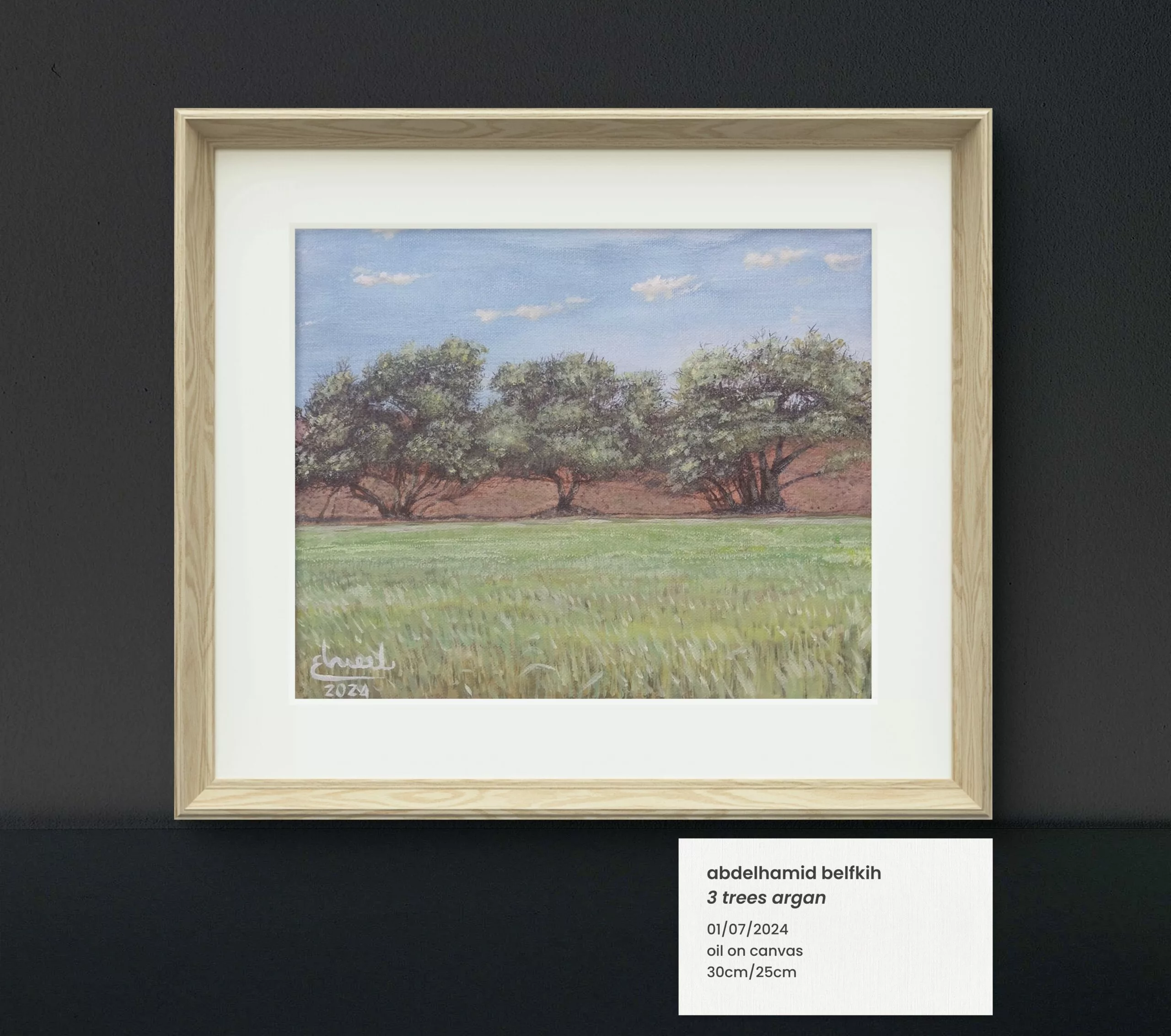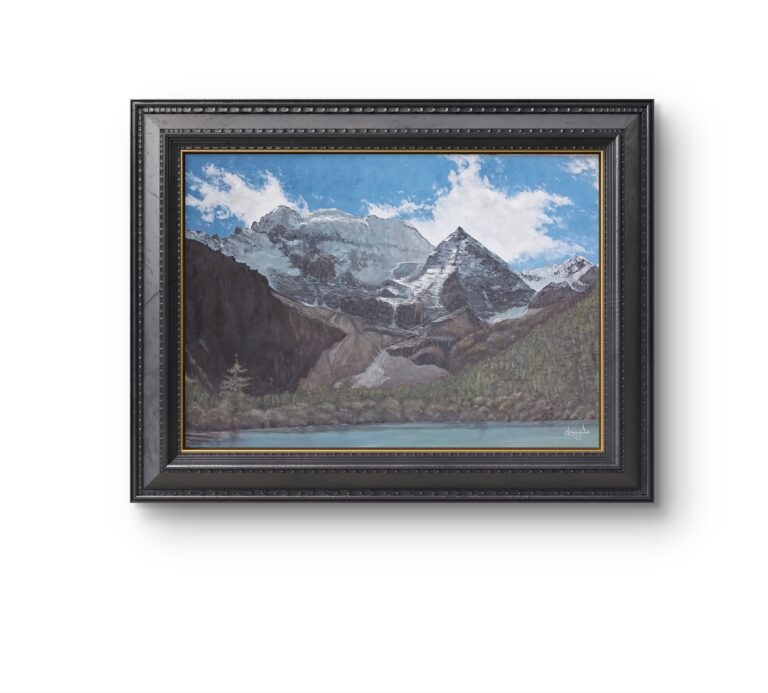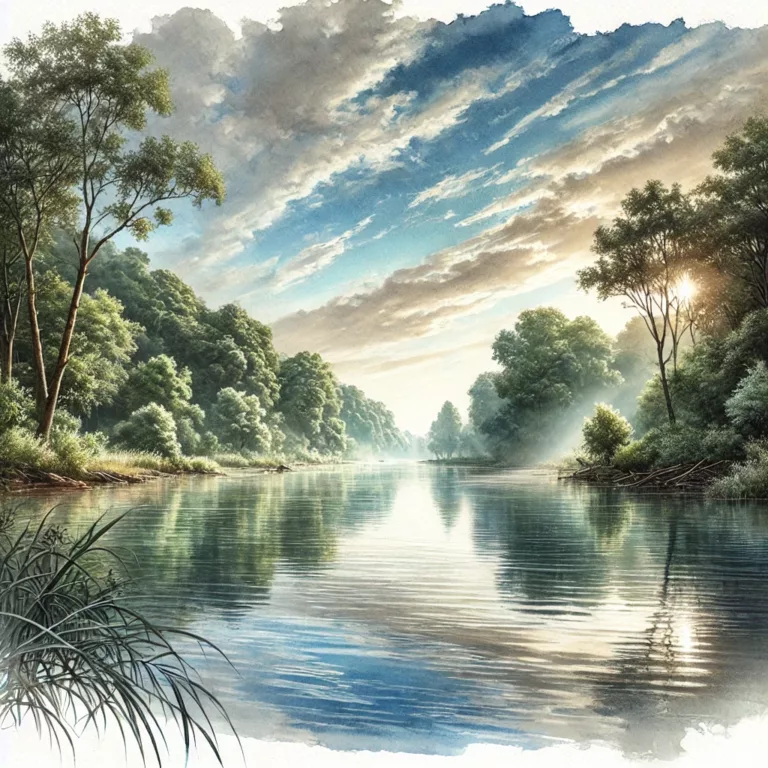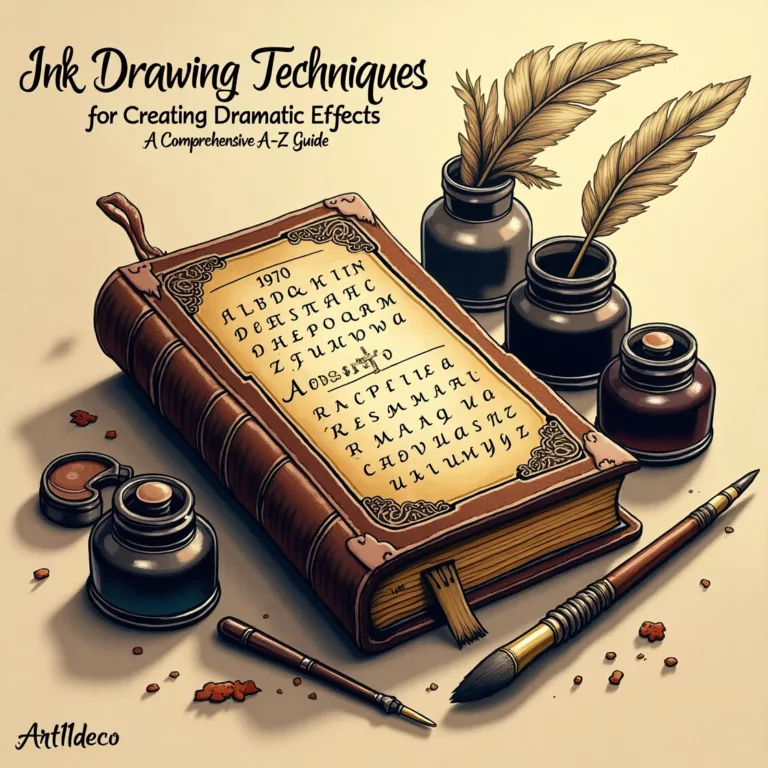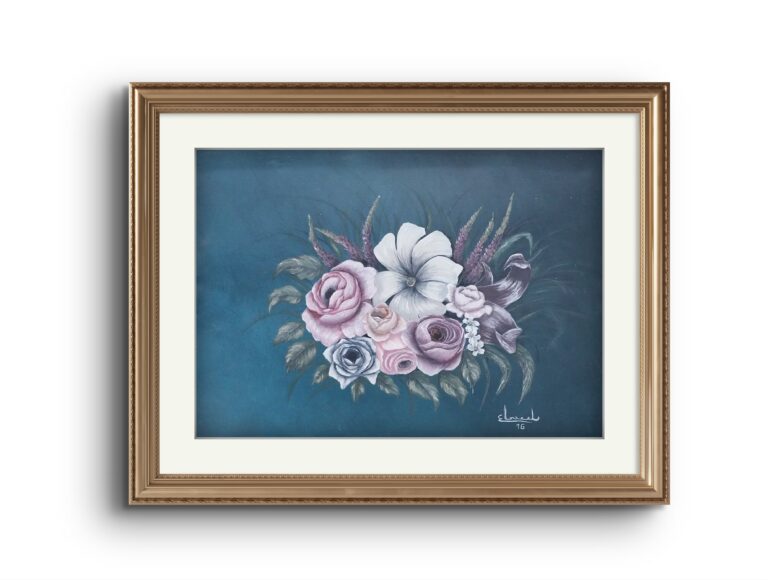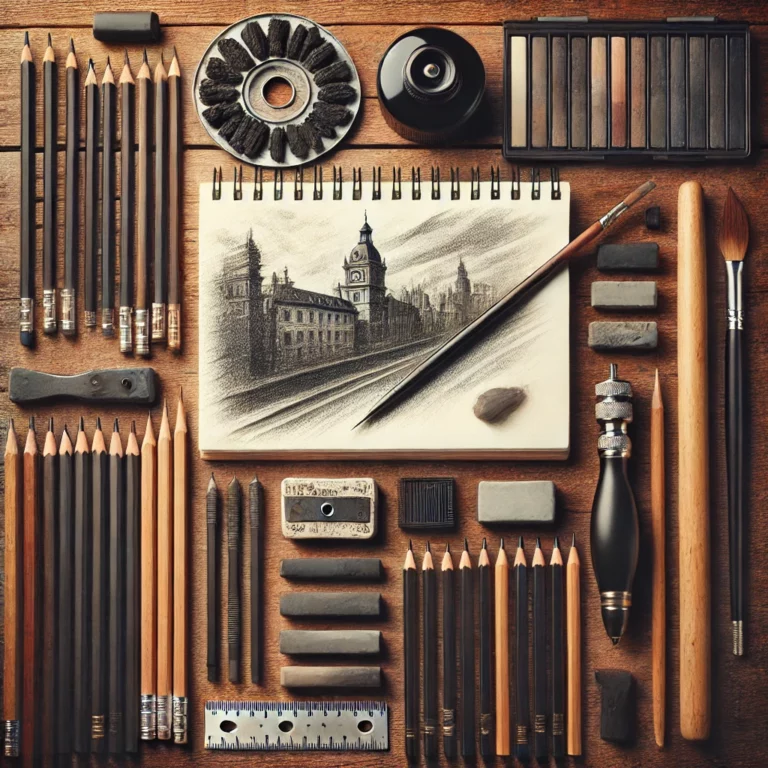How to Use Acrylics in Abstract Paintings: A Comprehensive Guide with Innovative Techniques
- “Acrylic abstract painting techniques”
- “How to mix acrylic colors”
- “Tips for successful abstract paintings”
- “Acrylic painting tools for beginners.”
1. Essential Tools to Start Abstract Painting
Before diving into techniques, ensure you have these essential tools:
- Acrylic Paints: Opt for high-quality paints like “Heavy Body” for thick layers or “Fluid Acrylics” for transparent washes.
- Variety of Brushes: Flat brushes for backgrounds, round brushes for details, and palette knives for texture.
- Painting Surfaces: Canvas, thick paper, or pre-primed wood.
- Accessories: Water, retarder medium (to slow drying), and texture gel.
2. Innovative Techniques for Abstract Acrylic Paintings
A. Glazing Technique (Transparent Layers)
- Mix acrylic paint with a small amount of water or retarder to create transparent layers.
- Start with a light layer, then add successive layers to build depth and mystery.
- Keyword: “Transparent acrylic painting techniques.”
B. Using Palette Knives and Unconventional Tools
- Use a palette knife to spread paint in random strokes or geometric shapes.
- Experiment with an old toothbrush to spatter diluted paint for dynamic effects.
- Keyword: “Palette knife techniques in abstract art.”
C. Wet-on-Wet Technique
- Apply a watery layer of acrylic to the surface, then add other colors while still wet for organic blending.
- Ideal for creating cloud-like or flowing effects.
3. How to Mix Colors for Harmonious Artwork
- Color Theory: Use a color wheel to select complementary colors (e.g., blue and orange) or contrasting colors (e.g., red and green) for drama.
- Mixing Acrylics: Start with small amounts to avoid waste, and remember that acrylics dry slightly darker.
- Keyword: “How to mix acrylic colors professionally.”
4. Techniques for Adding Rhythm and Texture
- Impasto (Thick Layers): Use a palette knife to apply paint thickly, mimicking oil paint and creating raised textures.
- Mixed Media: Add sand, fabric, or paper scraps to the paint for tactile surfaces.
- Keyword: “Texture techniques in abstract painting.”
5. Golden Tips for Successful Abstract Art
- Embrace Experimentation: Abstract art relies on intuition! Try unexpected colors or bold brushstrokes.
- Plan the Composition: Define light and shadow areas beforehand, even in spontaneous works.
- Use Visual References: Nature, music, or emotions can inspire your work.
- Let Layers Dry Fully: Acrylics dry quickly, but ensure each layer is dry before adding the next.
- Keyword: “Abstract painting tips for beginners.”
6. Common Mistakes to Avoid
- Overworking the Paint: Excessive adjustments strip the spontaneity of abstract art.
- Ignoring Drying Time: Applying new layers on wet paint may muddy colors.
- Inconsistent Color Choices: Stick to 3-4 primary colors for harmony.
FAQ (Frequently Asked Questions)
Q: Can I mix acrylics with other mediums like oil?
A: Yes! Apply acrylics first (they dry faster), then oil paints over them.
Q: How do I prevent cracking in my painting?
A: Avoid overly thick layers without proper drying and use a stabilizing medium.
Conclusion
Abstract painting with acrylics is a limitless world of creativity. Whether you’re a beginner or a pro, practice and experimentation are keys to growth.
🎨 Now, grab your paints and begin your journey into abstraction!

